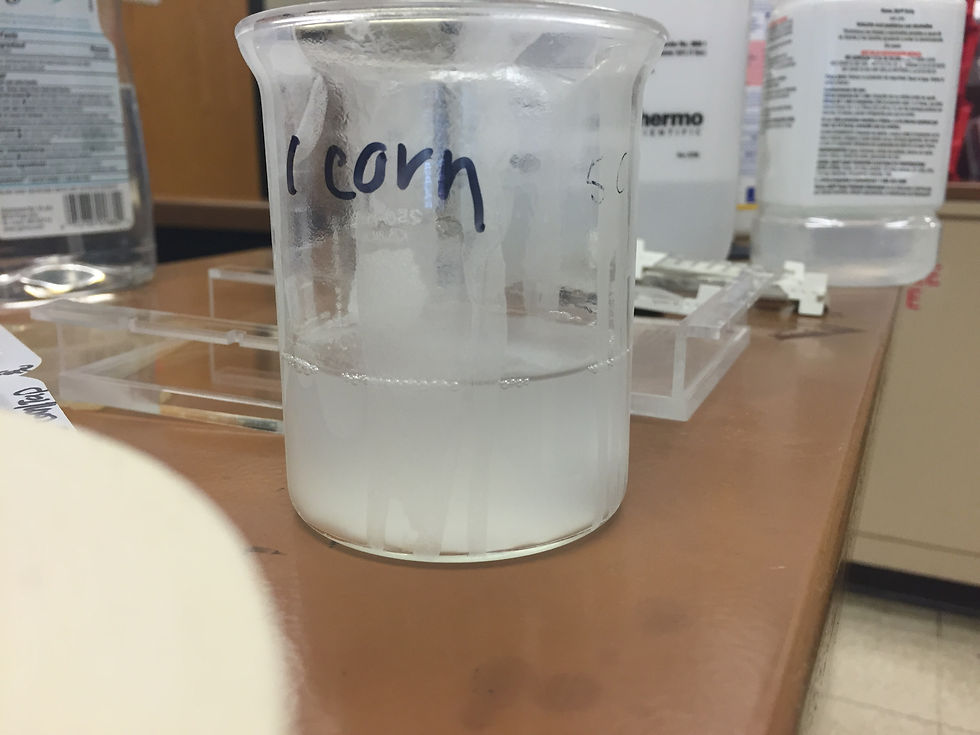
Teanna
Anthony
Sickle cell is a disease that affects millions of people around the world and is common among people from African, Mediterranean, South American, Central America, and Caribbean descent. Sickle cell disease is an inherited autoimmune disease that causes red blood cells to sickle or become shaped like crescent moons. Hemoglobin is a molecule within red blood cells that delivers oxygen to the cells through the body. Those with Sickle cell have atypical hemoglobin molecules known as hemoglobin S, which causes the red blood cells to distort and forma crescent shape. Once there is a defect within the red blood cell, the normal cells will sickle and cause a blockage within the capillaries resulting in pain, damage to the tissue and more conditions. Although there is no cure for this disease, once diagnosed, there are several to improve health once the disease is detected. One common way to detect sickle cell is through hemoglobin electrophoresis. Despite its effectiveness, many developing countries cannot afford the tools to run this nor do they have access to the materials. There are several different substances that mimic the same gel constancy such as the agar that is used in expensive electrophoresis. In this research, we aim to use these substances that can be found in the developing countries to make an alternative gel electrophoresis unit.









 |  |
|---|---|
 |  |
 |  |
 |  |
 |  |
 |